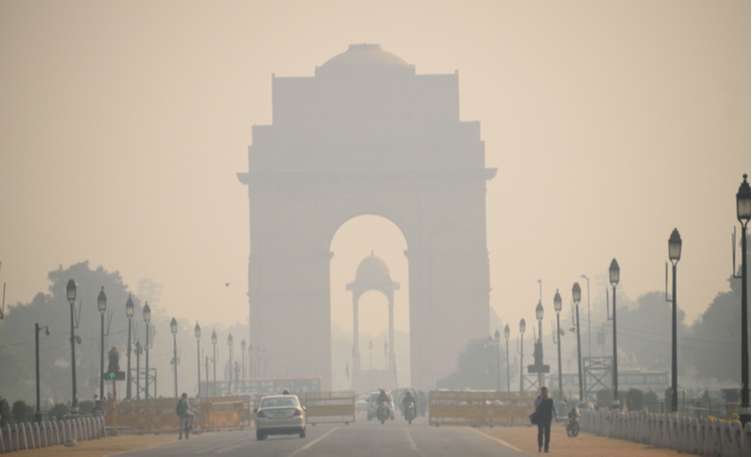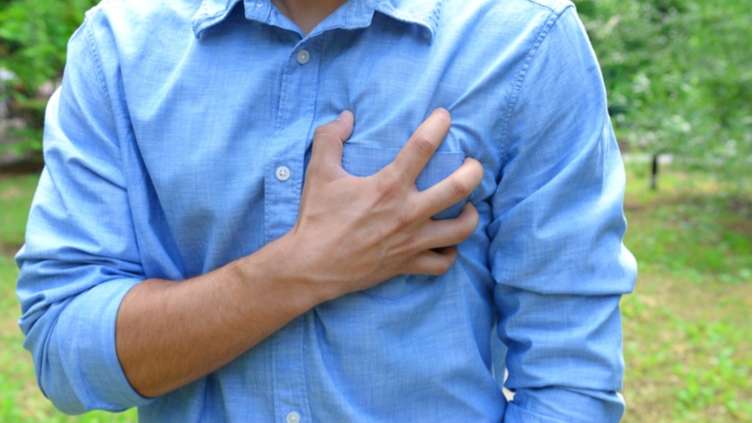
How Do Air Pollutants Affect Your Health?

Vehicular emissions, crop and fossil fuel burning, industrial emissions and forest fires are some of the leading causes of India’s diminishing air quality. These pollutants are made up of suspended particulate matter (PM 10 & PM 2.5) and harmful compounds like SO2 (Sulphur Dioxide), O3 (Ozone), BaP (Benzo[a]pyrene) and NO2(Nitrogen Dioxide). Click next to learn more about the adverse effects these pollutant can have on our bodies.

Emissions from fossil fuel burning sources like Cars (NO2 and SO2) as well as pollutants present in Smog (O3) can severely diminish lung growth, lead to Asthma in growing children as well as cause dangerous lung diseases like Lung Cancer as they grow into adulthood.

The inhalation of polluted air (containing O3, SO2) can aggravate as well as cause heart conditions like inflammation and attacks. Furthermore, exposure to Sulphur Dioxide (SO2) and Ozone (O3) can also cause your arteries to harden and obstruct blood flow (Atherosclerosis).

Can living in the city cause pimples? Yes, it can. Exposing your skin to pollutants like smog (O3), car smoke (CO, SO2, NO2) and factory smoke can lead to a host of skin problems like clogged pores, rashes and skin eruptions. Long-term exposure to the above pollutants and Aerosols can also cause severe dehydration that can affect skin elasticity and tautness.

Studies suggest that living in areas with highly polluted air can have an adverse effect on the quality of your sperm. Scientists have discovered that extended exposure to high particulate matter (PM 2.5) can affect the shape and size of your sperm as well as lead to fluctuations in your sperm count.

Exposure to high levels of P.M is also believed to increase your risk of developing kidney problems as well as lead to end-stage renal issues especially if you are undergoing procedures like renal dialysis.

Air pollution has been identified as a secondary risk factor for lifestyle diseases like Hypertension, a disease that has classically been attributed to factors like cigarette smoking, excessive body weight or lack of exercise. A long-term exposure to dangerous gases like CO and SO4 can significantly increase your hypertensive risk profile.

Air pollution can also pose a serious developmental risk on the lungs of young children. It is a safe bet to avoid taking your child outdoors without the right protection (if you live in areas with poor air) as fine particulate matter (PM 2.5) and toxic gases produced by fossil fuels and vehicles (CO and SO3) could weaken their developing lungs as well as lead to long-term pulmonary conditions like wheezing and Asthma.

